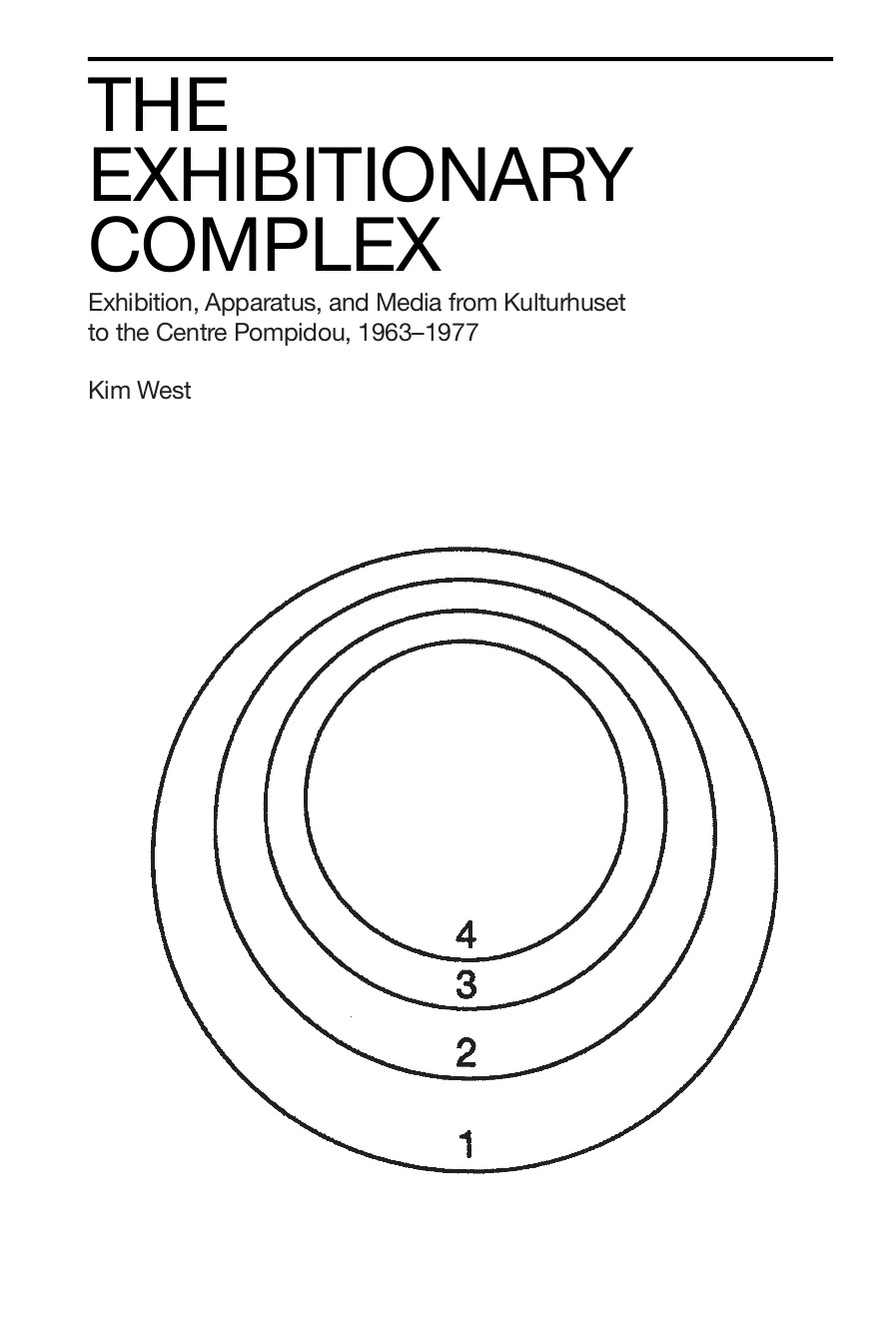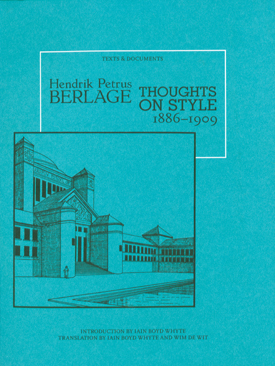Kim West: The Exhibitionary Complex: Exhibition, Apparatus and Media from Kulturhuset to the Centre Pompidou, 1963-1977 (2017)
Filed under thesis | Tags: · aesthetics, apparatus, art history, exhibition, information, media, museum, networks, theory

This doctoral thesis “studies the new Information Center model of the art museum that was developed by a group of artists, curators, architects, and activists connected to Moderna Museet in Stockholm between the mid-1960s and the mid-1970s. Through close readings of Moderna Museet’s unrealized Kulturhuset project, and a series of related attempts at rethinking the exhibition and the museum in relation to new information technologies, systems, and networks, it traces the origins, the critical implications, and the effects of this model, according to which the museum should function at once as a catalyst for the active forces in society, a vast experimental laboratory, and a broadcasting station.
In this study, the museum is understood as an exhibitionary apparatus, the specific characteristics of which are configured in relation to other apparatuses for display, distribution, and interaction, which together form an exhibitionary complex, caught in a process of gradual integration with the expanding network of cybernetic media. The study asks under what conditions the exhibitionary apparatus might preserve its particular modes of social and aesthetic experience, while acting as a transformative force on and through the new information environments.”
PhD dissertation in Aesthetics, School of Culture and Education, Södertörn University
Publisher Södertörn University, Stockholm, 2017
Open access
ISBN 9789187843761
359 pages
Review: Anders Kreuger (Kunstkritikk, 2017).
Comment (0)Hendrik Petrus Berlage: Thoughts on Style, 1886–1909 (1996)
Filed under book | Tags: · aesthetics, architecture, art history, modernism, style, theory

“Looking back to the period around 1910, Mies van der Rohe once commented that there was but a single architect then working on the European architectural scene, “Berlage was a lone giant.”
In parallel activities as both an architect and an architectural philosopher, H. P. Berlage created a series of buildings that witnessed the gestation and birth of architectural Modernism and a body of writings that probed in depth the problems and possibilities of this new style. But whereas his Stock Exchange in Amsterdam, with its rational mastery of materials and space, has long been celebrated for its seminal influence on the architecture of the new century, Berlage’s passionate writings on architecture, which exerted an equal influence on his contemporaries, have often been neglected.
In his wide-ranging critical introduction, Iain Boyd Whyte convincingly demonstrates that one corpus of work cannot be understood without taking into account the other: Berlage’s writings inform his architecture to the same extent that his buildings reflect his probing aesthetic deliberations. Berlage’s principal texts are here brought together in English translation for the first time. Collectively, they present to the English-language reader a new and vital chapter in the history of European modernism.”
Introduction by Iain Boyd Whyte
Translated by Iain Boyd Whyte and Wim de Wit
Publisher Getty Center for the History of Art and the Humanities, Santa Monica/CA, 1996
Texts & Documents series
ISBN 0892363339, 9780892363339
331 pages
Review: Suzanne Frank (J Arch Education 1997).
Comment (0)Patrizia C. McBride: The Chatter of the Visible: Montage and Narrative in Weimar Germany (2016)
Filed under book | Tags: · aesthetics, art history, avant-garde, constructivism, dada, film, montage, narrative, neue sachlichkeit, photography, photomontage, weimar republic

“The Chatter of the Visible examines the paradoxical narrative features of the photo montage aesthetics of artists associated with Dada, Constructivism, and the New Objectivity. While montage strategies have commonly been associated with the purposeful interruption of and challenge to narrative consistency and continuity, McBride offers an historicized reappraisal of 1920s and 1930s German photo montage work to show that its peculiar mimicry was less a rejection of narrative and more an extension or permutation of it—a means for thinking in narrative textures exceeding constraints imposed by “flat” print media (especially the novel and other literary genres).
McBride’s contribution to the conversation around Weimar-era montage is in her situation of the form of the work as a discursive practice in its own right, which affords humans a new way to negotiate temporality; as a particular mode of thinking that productively relates the particular to the universal; or as a culturally specific form of cognition.”
Publisher University of Michigan Press, 2016
Creative Commons BY-NC-ND 4.0
ISBN 9780472053032, 0472053035
x+236 pages

